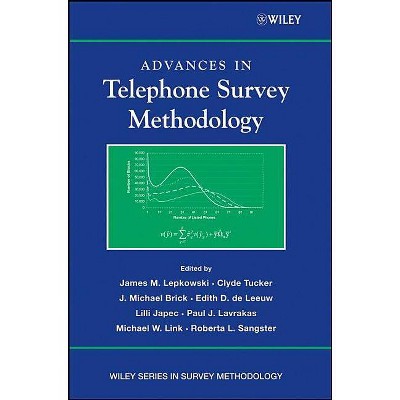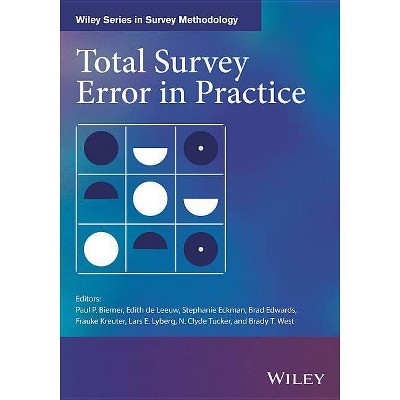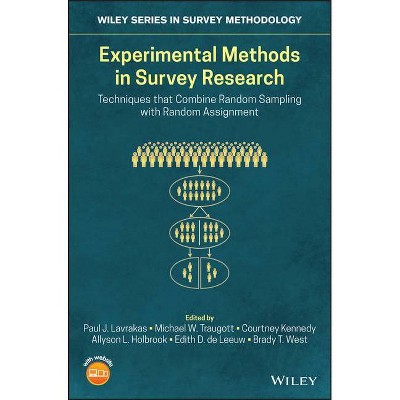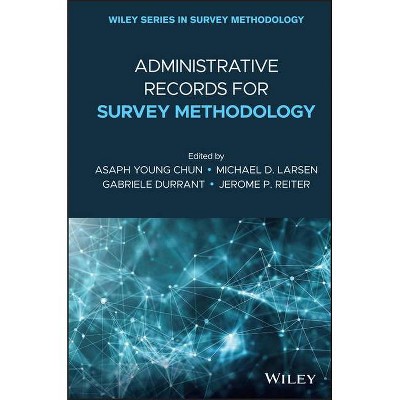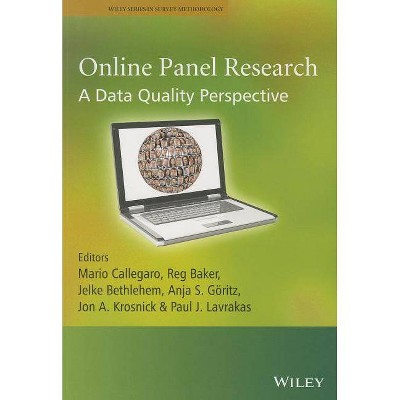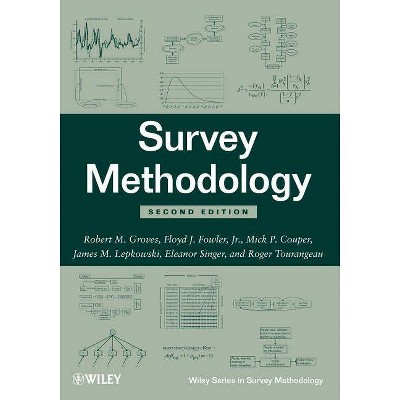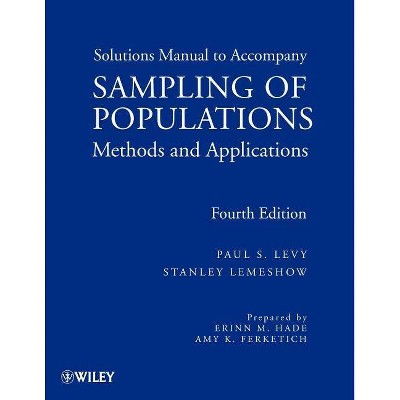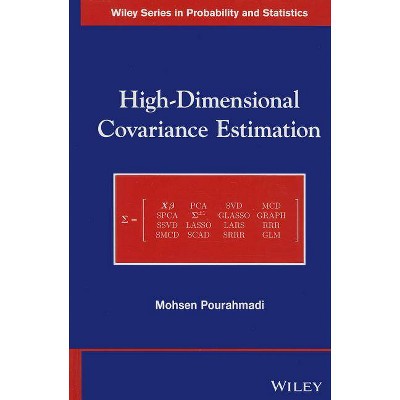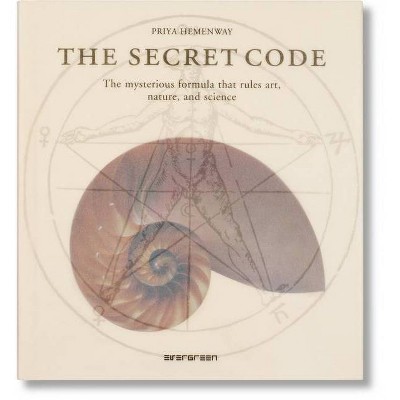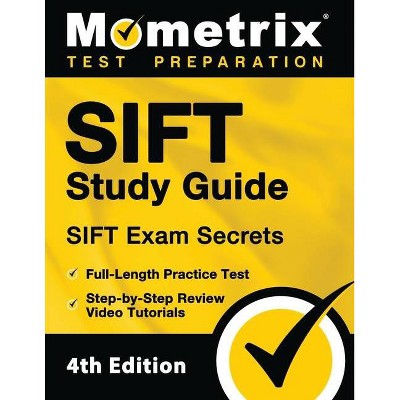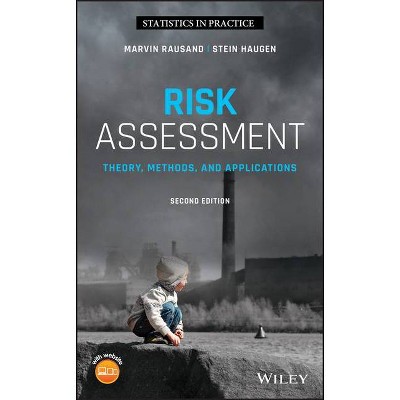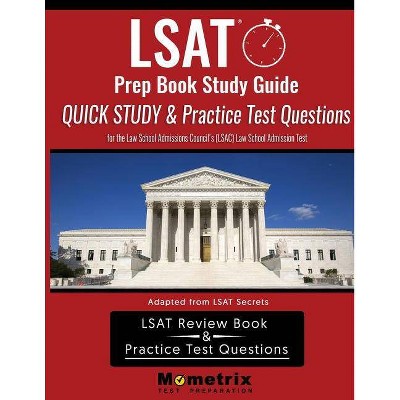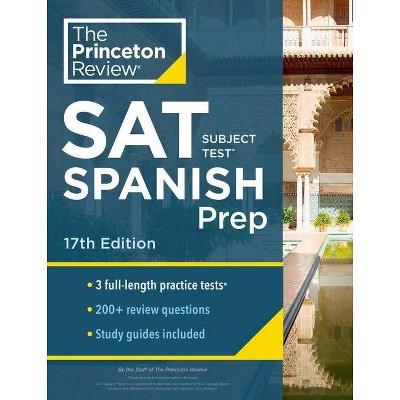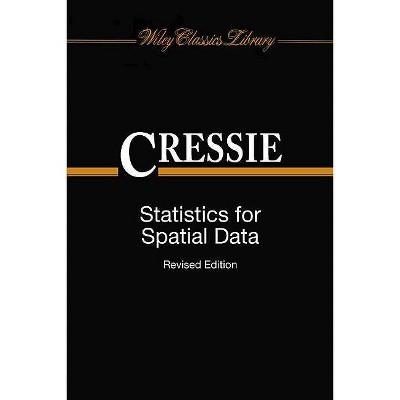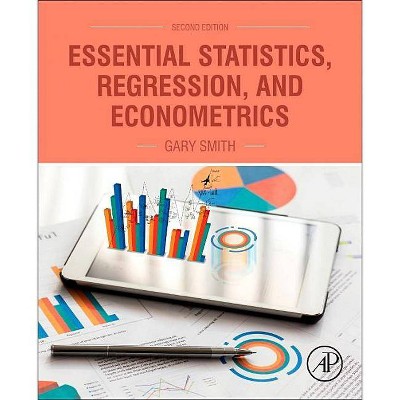Small Area Estimation - (Wiley Survey Methodology) 2nd Edition by J N K Rao & Isabel Molina (Hardcover)
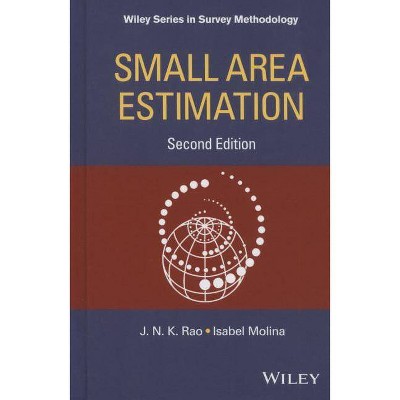
Similar Products
Products of same category from the store
AllProduct info
<p/><br></br><p><b> From the Back Cover </b></p></br></br><p><b>Praise for the <i>First Edition</i> </b></p> <p>"This pioneering work, in which Rao provides a comprehensive and up-to-date treatment of small area estimation, will become a classic...I believe that it has the potential to turn small area estimation...into a larger area of importance to both researchers and practitioners."<br />--<b><i>Journal of the American Statistical Association</i></b></p> <p>Written by two experts in the field, <i>Small Area Estimation, Second Edition</i> provides a comprehensive and up-to-date account of the methods and theory of small area estimation (SAE), particularly indirect estimation based on explicit small area linking models. The model-based approach to small area estimation offers several advantages including increased precision, the derivation of "optimal" estimates and associated measures of variability under an assumed model, and the validation of models from the sample data.</p> <p>Emphasizing real data throughout, the <i>Second Edition</i> maintains a self-contained account of crucial theoretical and methodological developments in the field of SAE. The new edition provides extensive accounts of new and updated research, which often involves complex theory to handle model misspecifications and other complexities. Including information on survey design issues and traditional methods employing indirect estimates based on implicit linking models, <i>Small Area Estimation, Second Edition</i> also features: </p> <ul> <li>Additional sections describing the use of R code data sets for readers to use when replicating applications</li> <li>Numerous examples of SAE applications throughout each chapter, including recent applications in U.S. Federal programs</li> <li>New topical coverage on extended design issues, synthetic estimation, further refinements and solutions to the Fay-Herriot area level model, basic unit level models, and spatial and time series models</li> <li>A discussion of the advantages and limitations of various SAE methods for model selection from data as well as comparisons of estimates derived from models to reliable values obtained from external sources, such as previous census or administrative data</li> </ul> <p><i>Small Area Estimation, Second Edition</i> is an excellent reference for practicing statisticians and survey methodologists as well as practitioners interested in learning SAE methods. The <i>Second Edition</i> is also an ideal textbook for graduate-level courses in SAE and reliable small area statistics.</p><p/><br></br><p><b> Review Quotes </b></p></br></br><br>The book is an excellent reference for practicing statisticians and survey methodologists as well as practitioners interested in learning SAE methods. The second edition is also an ideal textbook for graduate-level courses in SAE and reliable small area statistics. (Zentralblatt MATH 2016) The book is an excellent reference for practicing statisticians and survey methodologists as well as practitioners interested in learning SAE methods. The second edition is also an ideal textbook for graduate-level courses in SAE and reliable small area statistics.<br><p/><br></br><p><b> About the Author </b></p></br></br><p><b>J. N. K. Rao, PhD, </b> is Professor Emeritus and Distinguished Research Professor in the School of Mathematics and Statistics, Carleton University, Ottawa, Canada. He is an editorial advisor for the Wiley Series in Survey Methodology.</p> <p><b>Isabel Molina, PhD, </b> is Associate Professor of Statistics at Universidad Carlos III de Madrid, Spain.</p>
Price History
Price Archive shows prices from various stores, lets you see history and find the cheapest. There is no actual sale on the website. For all support, inquiry and suggestion messagescommunication@pricearchive.us
